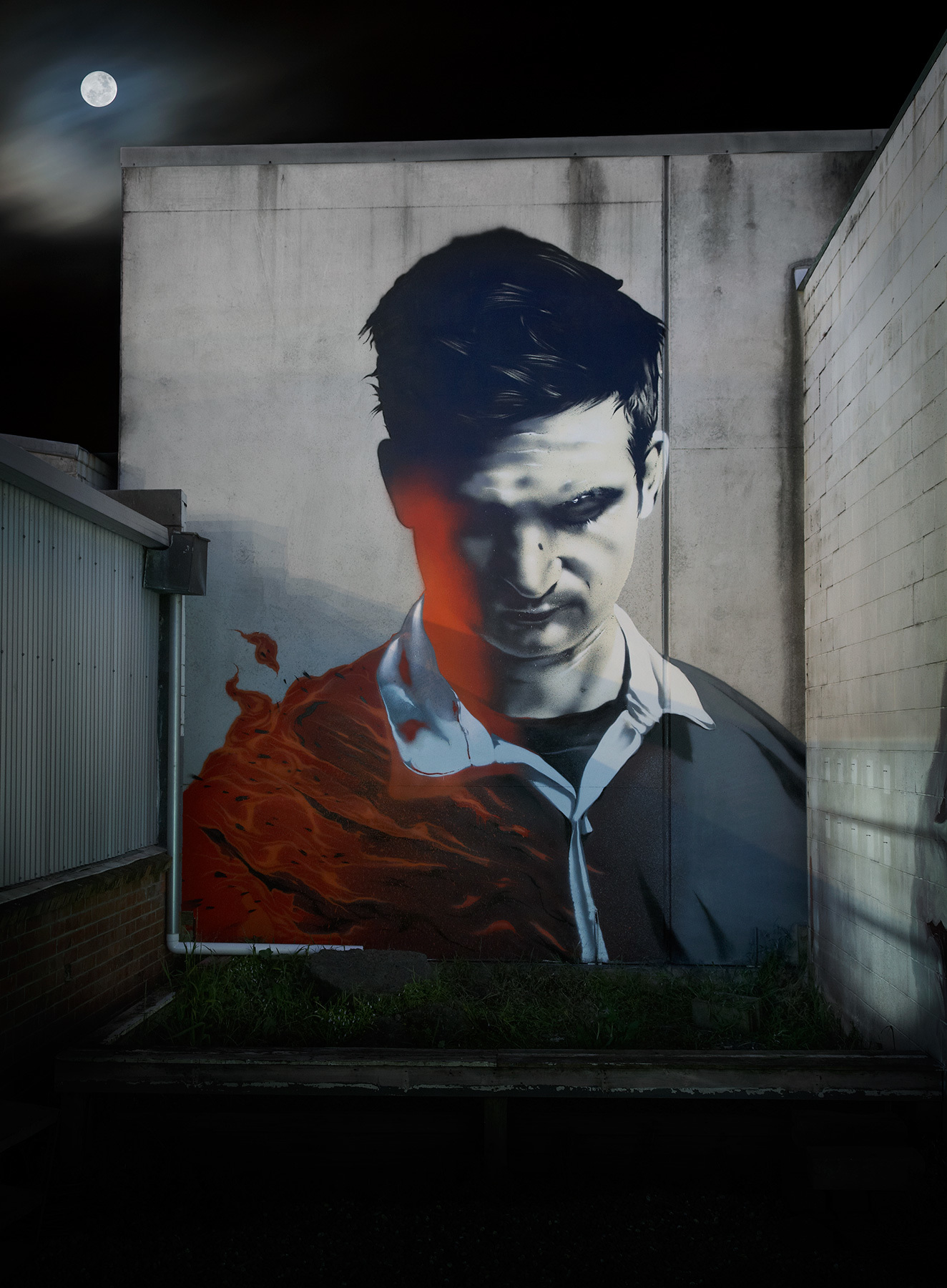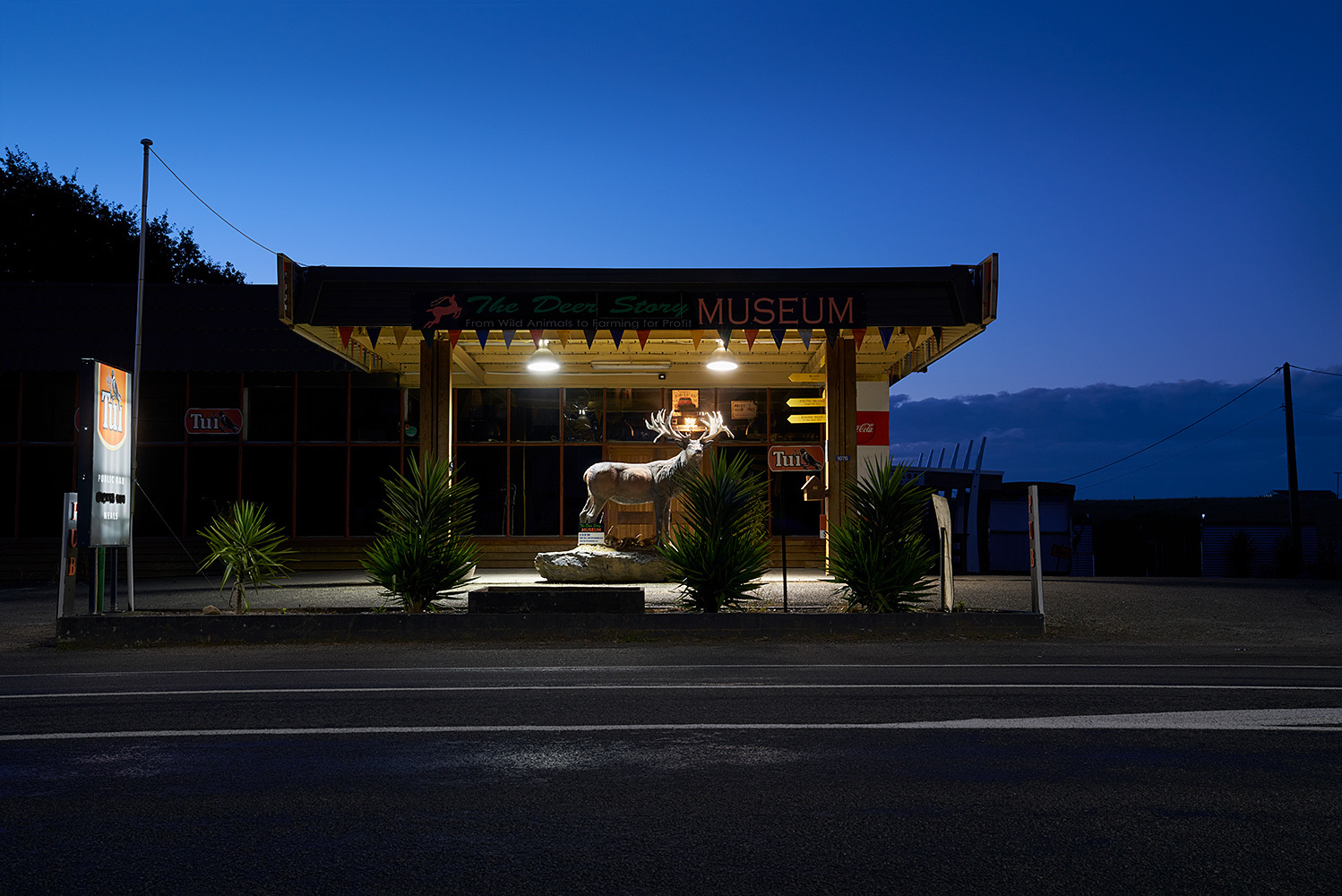
Photographic assisting can be an extremely beneficial stage in a young photographer’s professional development. The exposure to a wide variety of equipment and work practices provides invaluable experience that will help prepare an assistant for their own photographic career. However, the assisting field is also a highly competitive market that can be difficult to break into. If you’re an aspiring assistant you will probably be wondering where to begin, so here are a few tips to help get you started.
Research
Find the photographers whose work you most admire – i.e. those who are doing the kind of work you aspire to do yourself. The AIPA’s Membership List and Find a Photographer website are useful resources. Check out the credits in magazines you like. Look at advertising agency websites and find out who has shot their campaigns.
More Research
Find out as much as you can about your targets and think about their likely needs before you approach them. Follow them on Facebook, LinkedIn, Twitter and Instagram to gain a better understanding of how they operate. A studio-based photographer will have a different workflow to someone who works mostly on location. You need to consider how you will become an asset to the individual photographers’ business.
Write a CV
This should be short and concise (no more than one A4 page ideally – you want it to get read). It should focus on one aim – conveying what skills and/or experience you have that will make you a valuable resource on a photoshoot. Remember this is a strategic marketing exercise and that you are competing with numerous other aspiring assistants to get noticed.
Your CV should include:
- An introductory paragraph that conveys clearly who you are and why you are passionate about being a professional photographic assistant.
- A concise list of equipment and software you can operate confidently.
- A list of photographers you have assisted or completed work experience with.
- Your age and if you have a current clean driver’s licence.
- A brief summarized work history. Only list non-photographic jobs if there are transferable skills.
- Referees and their contact details if appropriate.
It should NOT include:
- Your whole life history.
- A list of every job you have ever had.
- Anything that does not directly relate to your suitability as a photographic assistant.

Establish Contact
Send an introductory email (including your contact details) that establishes that you know and respect the photographer’s work and that you are actively seeking to assist them in particular. Flattery will get you a long way.
I recommend attaching your CV at this point. (Some photographers recommend you wait until asked – but why not be proactive?)
Most new assistants send blanket emails that have obviously been sent to numerous people. There is nothing more unappealing from a photographer’s point of view. Remember this is a relationship-building exercise, so your approach must be personalized to be successful.
Do not send images. You are not seeking work as a photographer. If you feel compelled to attach an image, make sure it is one that sums up what you are about and which is likely to appeal specifically (based on your research) to the person it is being sent to. Under no circumstances should you email any large image files (i.e. bigger than 500kb) as this is bound to annoy the recipient.
After a day or two, it is advisable to phone the photographer explaining that you sent a letter of introduction and a resume and politely request to meet with them. If they are busy, ask if there is a more convenient time when you could call back.
Remember to mention skills or experience you have that will make the photographer feel you could fit into their business.
If you get brushed off then make a note in your diary to contact the photographer again once you have increased your skillset. Remember you are embarking on a long-term process of establishing your reputation as a trusted assistant. It is not easy, but it is good training for when you start marketing yourself as a photographer.
Have the Right Attitude
Before emailing or cold calling, consider what kind of assistant you want to be. Those who view assisting as a demeaning, subservient role, or something to do while they are travelling will not get far. Photographers want to know that you are committed and that you will be in the role for a significant period of time before they will invest energy in you.
Those who view assisting as an important stage in their professional development are likely to get hired by those they admire, and as a result, gain experience which will later be invaluable in establishing their own photographic careers.
Network with Photographers
- Join the AIPA and get involved with association activities. If you’re helpful and proactive other members will notice.
- Attend industry events and make an effort to introduce yourself to photographers. For example, the AIPA regularly hosts meetings that are attended by dozens of professional photographers. This is an opportunity to meet photographers face-to-face and talk in a relaxed informal setting, which is a great way to establish relationships with working pros.
- Use social media sites like Facebook, LinkedIn and Instagram to connect with photographers and show that you’re interested in what they’re doing.
- Visit local rental studios and introduce yourself to their staff.
Remember that you should always come across as organised, professional, positive, and knowledgeable about the industry.
Network with Other Assistants
- Get to know the assistant community and learn from your colleagues. Even the most experienced assistants should be willing to offer you advice and help as they have been through the same process as you.
- Let your friends know you are looking for assisting work and stay in contact with your classmates from university.
- Photographers will often seek recommendations from their favourite assistant when they need a second assistant for a shoot (or if their favourite assistant is unavailable). These referrals from other assistants may become your best source of clients.

Getting Experience
The inexperienced assistant’s dilemma – if you don’t have any ‘real world’ experience you will find it difficult finding assisting work. Here are some options:
- Observing – usually a short term arrangement for the very inexperienced. You would not expect to get paid but would be offered coffees and possibly lunch if you are lucky.
- Work placements/internships – longer-term arrangements which may involve a degree of mentoring and a bit of chipping in. Not normally paid, but food often provided (and sometimes access to equipment depending on how the relationship develops). This is also a good way to get to know more experienced assistants. You will need to be very proactive and personable to secure this type of arrangement.
- Being a second (or third) assistant – charge less than an experienced assistant but don’t work for free. You should know the basics but you must be honest about what you don’t know.
This area is a bit of an ethical minefield and so I will just say that it is important to realise that there are advantages to be gained from these approaches that will make you more employable, but the rewards may not necessarily be financial. However, once you’ve gained suitable experience you must charge appropriately for your professional services. There is a balance to be struck and we all have a responsibility (at every level of the industry) not to undervalue our work, or the industry will become devalued as a whole.
Full Time vs Freelance Assisting
Working as a full time assistant is tremendously valuable, particularly in a hire studio that is being used by numerous photographers. However, in reality there are few full time positions available in a market this size.
There is also real value in freelance assisting with a variety of photographers to learn different business models and photographic techniques. Freelancing will help you gain a better understanding of the varied needs of photography clients across a range of disciplines.
The New Zealand market is much less specialized than say the USA or UK where an assistant might choose to focus on a specific genre of photography (e.g. fashion or still life), so you may need a broader set of skills here than you might elsewhere.
Professionalism
As a professional assistant you must always convey a positive, can-do attitude.
Remember that the budget on any given assignment can be very large and the shoots can often involve a lot of people, so the photographer can be under considerable pressure. You are ultimately there to make the photographer’s job easier and to make them look good in the eyes of their client. Once you become an experienced first assistant, the photographer will be relying on you to ensure the smooth running of the shoot and to anticipate their needs. Only go into this role if you are ready to take on this level of responsibility.
This article was written by Phillip Simpson, an Auckland based commercial photographer with over 15 years of industry experience.
